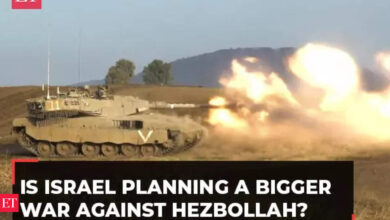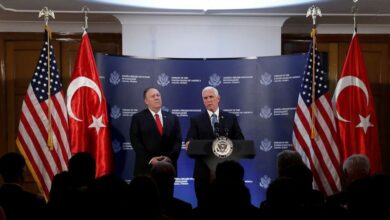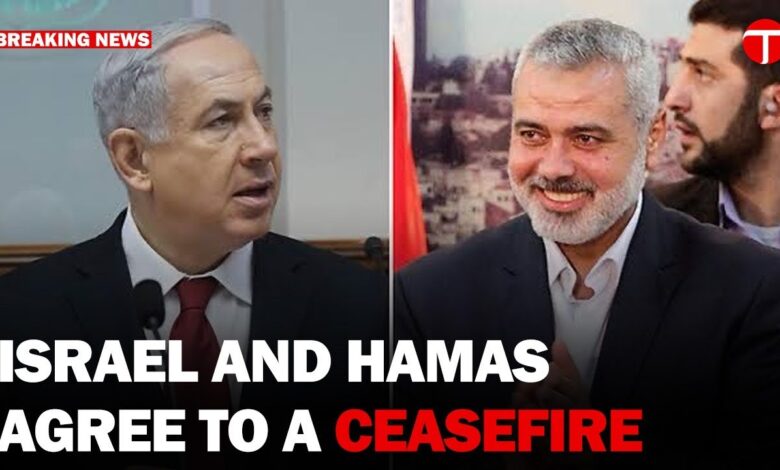
Hamas and Israel Remain Far Apart on a Ceasefire
Hamas and Israel are still far apart over a ceasefire deal, a situation that continues to grip the world’s attention. The ongoing conflict has created a humanitarian crisis in Gaza, with civilians bearing the brunt of the violence. Negotiations, mediated by various international players, have so far failed to bridge the significant gaps in positions between Hamas and Israel.
Understanding the complexities of this situation requires examining the demands of each side, the security concerns driving their actions, and the potential long-term implications for regional stability.
This stalemate highlights the deep-seated mistrust and conflicting goals between the two sides. Hamas’ demands often center on lifting the blockade of Gaza and addressing the needs of its population, while Israel prioritizes its security concerns and preventing further attacks. The international community’s role in mediating a lasting solution remains crucial, but the path to a sustainable ceasefire remains fraught with challenges.
Hamas’ Demands and Objectives
The ongoing conflict between Hamas and Israel highlights the complex web of demands and objectives driving Hamas’ actions. Understanding these goals is crucial for comprehending the challenges in achieving a lasting ceasefire and the potential long-term implications for both sides. While specific details often remain shrouded in secrecy and subject to shifting political landscapes, some key themes consistently emerge in Hamas’ public statements and actions.Hamas’ stated goals in any potential ceasefire agreement are multifaceted and often intertwined.
They extend beyond immediate humanitarian concerns to encompass longer-term strategic aims, significantly impacting the future of the Gaza Strip and the broader Palestinian-Israeli conflict. The group’s demands are a blend of immediate needs, such as easing the blockade on Gaza, and longer-term objectives, such as achieving Palestinian self-determination and addressing the underlying causes of the conflict. This complexity makes negotiating a durable peace agreement exceedingly difficult.
Hamas’ Strategic Objectives
Hamas’ demands are not merely reactive responses to Israeli actions; they represent a calculated strategy aimed at achieving specific long-term objectives. These include strengthening Hamas’ position within Gaza, undermining the Palestinian Authority (PA), and ultimately achieving a greater degree of Palestinian statehood. By linking humanitarian issues to political demands, Hamas seeks to leverage international pressure to achieve its broader political goals.
The strategic implications of their demands are far-reaching, potentially altering the power dynamics in the region and reshaping the future of the Israeli-Palestinian conflict. For example, Hamas’ insistence on the lifting of the blockade isn’t just about humanitarian aid; it’s also about gaining economic independence and consolidating its control over Gaza, thereby weakening the PA’s influence.
Comparison with Previous Negotiating Positions
Comparing Hamas’ current demands with previous negotiating positions reveals a degree of evolution and adaptation. While some core demands, such as the lifting of the blockade and the release of Palestinian prisoners, remain consistent, the context and the specific ways in which these demands are articulated often change depending on the circumstances. For instance, while the release of prisoners has always been a key demand, the specific number and categories of prisoners sought might vary depending on the prevailing political climate and the concessions offered by Israel.
Similarly, the emphasis on certain aspects of the blockade, such as restrictions on the movement of goods or people, might shift based on the immediate priorities. This dynamic nature of their demands makes predicting their future negotiating positions challenging.
The ongoing conflict between Hamas and Israel shows no signs of slowing down; a ceasefire remains elusive. It makes you wonder about the decision-making processes involved, especially considering that, as this article points out, american politicians are the oldest in the rich world , and their influence on international relations is undeniable. This age factor might contribute to the stalemate, highlighting the need for fresh perspectives in navigating such complex geopolitical crises.
The chasm between Hamas and Israel continues to widen.
Key Demands of Hamas
The following table summarizes some of Hamas’ key demands, their justifications, and their potential impact on both Israel and Palestinians. It’s important to note that the precise wording and emphasis on specific demands can fluctuate.
| Demand | Justification | Impact on Israel | Impact on Palestinians |
|---|---|---|---|
| Lifting the blockade on Gaza | Alleviating humanitarian suffering and enabling economic development. | Potential security risks due to increased movement of goods and people; economic implications of increased trade with Gaza. | Improved living conditions, economic opportunities, and reduced dependence on aid. |
| Release of Palestinian prisoners | Reuniting families and upholding the principle of justice. | Potential security risks associated with the release of prisoners; symbolic impact on Israeli public opinion. | Improved morale and a sense of justice among Palestinians. |
| Right of Return for Palestinian refugees | Addressing historical injustices and the right of self-determination. | Significant demographic changes in Israel; potential challenges to Israeli national identity. | Potential resolution of a long-standing grievance and a sense of justice. |
| End to Israeli settlements in the West Bank | Obstacle to a two-state solution and a violation of international law. | Significant political and social upheaval within Israel; potential challenges to the peace process. | Improved prospects for a viable Palestinian state; potential improvement in relations with Israel. |
International Involvement and Mediation Efforts: Hamas And Israel Are Still Far Apart Over A Ceasefire Deal
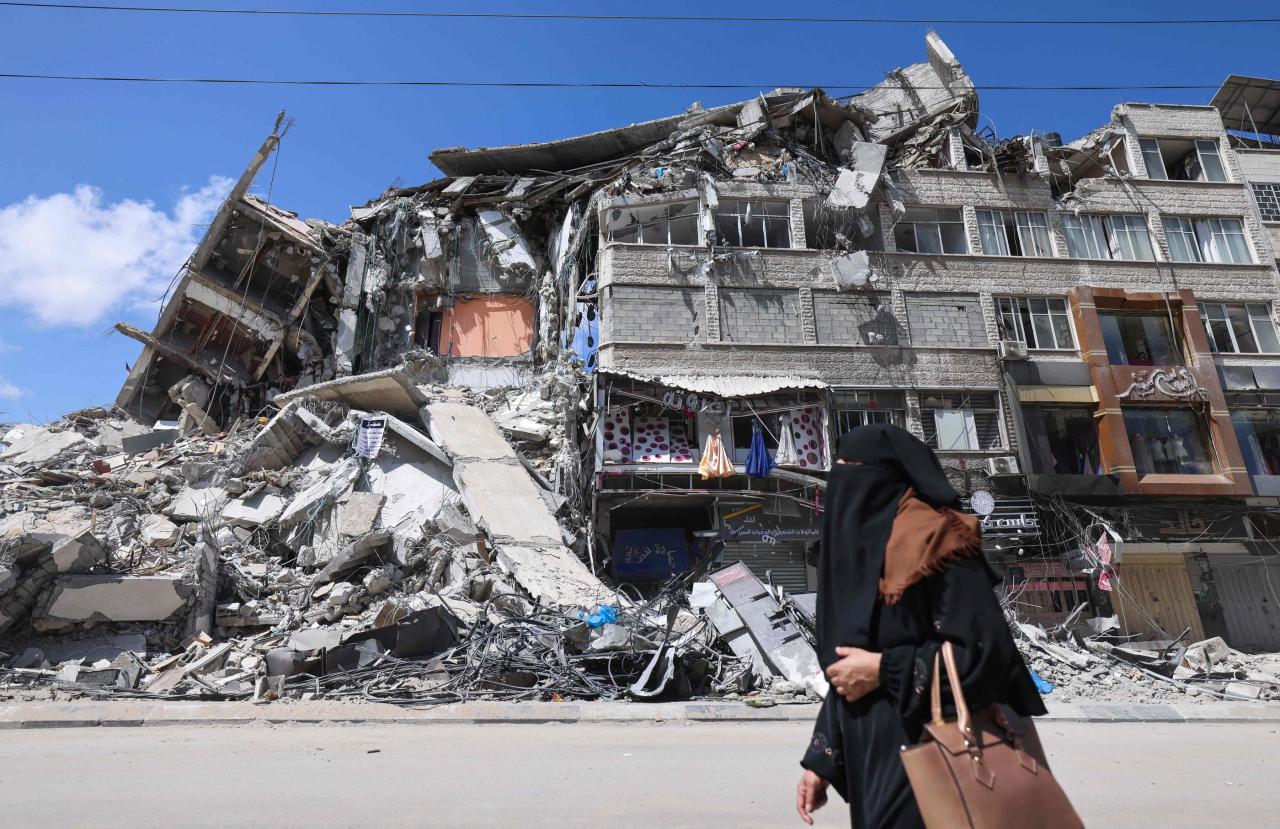
The ongoing conflict between Hamas and Israel has drawn significant international attention, leading to a complex web of mediation efforts from various global actors. These efforts, while often overlapping, have displayed distinct approaches, reflecting the differing priorities and geopolitical interests of the involved nations and organizations. Understanding these diverse strategies is crucial to analyzing the prospects for a lasting ceasefire.The roles of key international players are multifaceted and often intertwined.
Egypt, due to its geographical proximity and historical role as a mediator in previous conflicts, has been a central player. The United Nations, through its various agencies, primarily the UN Secretary-General and the UN Relief and Works Agency for Palestine Refugees in the Near East (UNRWA), plays a humanitarian and diplomatic role, focusing on aid delivery and ceasefire negotiations.
The United States, a significant military and economic partner of Israel, holds considerable influence, although its approach has been criticized for being perceived as biased towards Israel by some.
Egypt’s Mediation Strategy
Egypt’s mediation efforts have historically focused on direct dialogue between Hamas and Israel. Their strategy typically involves shuttling between the two parties, carrying proposals and facilitating communication. Egypt leverages its established relationships with both Hamas and Israel, acting as a trusted intermediary to bridge the significant trust deficit. Success hinges on Egypt’s ability to maintain neutrality while influencing both sides to compromise.
A key challenge is the inherent complexities of dealing with Hamas, a group designated as a terrorist organization by many countries, and Israel, which has security concerns.
The news is grim; Hamas and Israel remain deeply divided on a ceasefire, leaving countless displaced and heartbroken. It makes me think about that insightful article, what should you write about your homeland when you cannot return , because for so many, the very idea of home is in jeopardy. The ongoing conflict only underscores the urgency of preserving those memories and stories, especially when the future of their homeland hangs in the balance.
The distance between Hamas and Israel feels insurmountable right now.
The United Nations’ Role in Humanitarian Aid and Diplomacy
The UN’s approach is two-pronged: humanitarian assistance and diplomatic engagement. UNRWA provides vital aid to Palestinian civilians in Gaza, addressing immediate needs like food, water, and medical supplies. Diplomatically, the UN Secretary-General works to facilitate a ceasefire and advocate for a peaceful resolution, often collaborating with other international actors. The UN’s approach emphasizes international law and humanitarian principles, striving for a resolution that protects civilian populations and upholds human rights.
A significant limitation is the UN’s limited enforcement capabilities, relying on the cooperation of member states to implement resolutions.
United States’ Involvement and Influence
The US’s involvement is marked by its close relationship with Israel. While publicly advocating for a ceasefire, the US has historically prioritized Israel’s security concerns. This approach has drawn criticism, with accusations of bias and a lack of sufficient pressure on Israel to address underlying issues fueling the conflict. The US often employs a combination of diplomatic pressure, financial aid, and security guarantees to influence the situation.
The Hamas-Israel conflict remains deeply entrenched, with a ceasefire seemingly a distant prospect. Adding fuel to the fire, the timing of Reps. Tlaib and Omar’s Israel trip has sparked intense debate, with Katie Pavlich suggesting it was deliberately timed to maximize controversy, as reported here: katie pavlich says tlaib and omar purposely timed israel trip to cause controversy.
This political maneuvering only further complicates the already fragile situation, making a peaceful resolution even more challenging for both sides.
The success of this approach depends on the willingness of both parties to engage constructively with US proposals, a factor that has been inconsistent in past conflicts.
Hypothetical Scenario: A Successful Mediation Strategy
A successful mediation strategy would require a multi-stage approach involving all key players. Firstly, a humanitarian ceasefire would be immediately implemented, allowing for the delivery of essential aid and the evacuation of injured civilians. Secondly, a series of facilitated talks, perhaps under the auspices of the UN with Egypt playing a crucial mediating role, would address Hamas’s demands and Israel’s security concerns.
This would involve addressing issues like the blockade of Gaza, the reconstruction of damaged infrastructure, and long-term security arrangements. Thirdly, international monitoring mechanisms would be established to ensure compliance with the ceasefire and prevent future escalation. Finally, a comprehensive peace plan addressing the root causes of the conflict would be developed, involving regional and international stakeholders. This plan would need to be built on mutual recognition, security guarantees for both sides, and a clear path towards a two-state solution.
This requires a fundamental shift in the current dynamic, a significant challenge given the entrenched positions of the involved parties.
Humanitarian Concerns and Civilian Impact
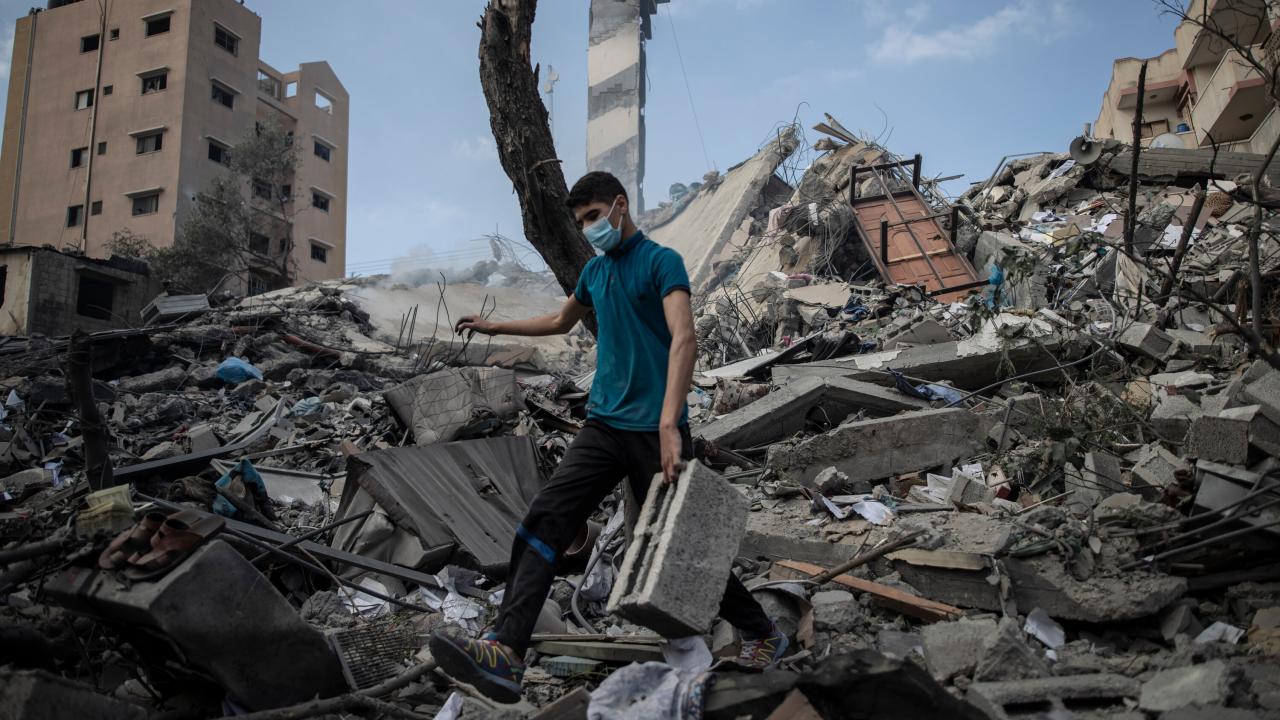
The ongoing conflict between Hamas and Israel has created a devastating humanitarian crisis in Gaza, impacting the lives of millions of civilians. The scale of destruction and the disruption of essential services have left many vulnerable and in dire need of assistance. Understanding the severity of the situation and the challenges in delivering aid is crucial for effective intervention and long-term recovery.The humanitarian situation in Gaza is catastrophic.
Years of blockade and repeated conflicts have already severely weakened the infrastructure and resources available to the civilian population. The current escalation has exponentially worsened this pre-existing fragility. Hospitals are overwhelmed with casualties, lacking essential medical supplies and staff. Food and water supplies are dwindling, and sanitation systems are severely compromised, leading to increased risks of disease outbreaks.
Thousands of families have been displaced from their homes, seeking refuge in overcrowded shelters or with relatives, often lacking basic necessities like food, clean water, and shelter. The psychological trauma inflicted on the population, particularly children, is immeasurable and will have long-lasting effects.
Challenges in Delivering Aid to Gaza
The delivery of humanitarian aid to Gaza is fraught with significant challenges. The ongoing conflict creates a volatile and dangerous environment, making access for aid workers incredibly difficult and risky. Crossing borders is often restricted or completely blocked, delaying the arrival of crucial supplies. Existing infrastructure damage further complicates logistics, hindering the transportation of aid to those who need it most.
Furthermore, the political complexities of the conflict often result in bureaucratic hurdles and restrictions on the movement of personnel and goods, delaying life-saving interventions. Even when aid reaches Gaza, its distribution can be hampered by security concerns and the lack of efficient distribution networks.
Impact on Essential Services, Hamas and israel are still far apart over a ceasefire deal
The conflict has had a devastating impact on essential services in Gaza. The already fragile water and sanitation infrastructure has been severely damaged, leading to widespread water shortages and contamination risks. Electricity supply is erratic and insufficient, severely impacting hospitals, water pumping stations, and other vital services. Healthcare facilities are struggling to cope with the influx of casualties and a shortage of medical supplies.
Many healthcare workers have been injured or killed, further diminishing the capacity of the healthcare system. The disruption of education and other essential services contributes to the overall deterioration of the living conditions and prospects for the civilian population.
Visual Representation of Humanitarian Aid Flow and Obstacles
Imagine a funnel. At the wide top, represent the global humanitarian community and international organizations attempting to send aid (food, medicine, water purification tablets, etc.). Narrowing down, depict the many obstacles: blocked border crossings represented by thick red lines across the funnel; damaged roads and infrastructure shown as jagged cracks in the funnel’s walls; bureaucratic delays and security concerns represented by slow, sluggish movement of aid within the funnel.
At the very narrow bottom, a small amount of aid finally reaches the desperate population of Gaza, a stark contrast to the vast quantity initially intended. The image emphasizes the significant reduction in aid effectively reaching its intended recipients due to the multitude of obstacles encountered along the way.
Long-Term Implications and Future Prospects
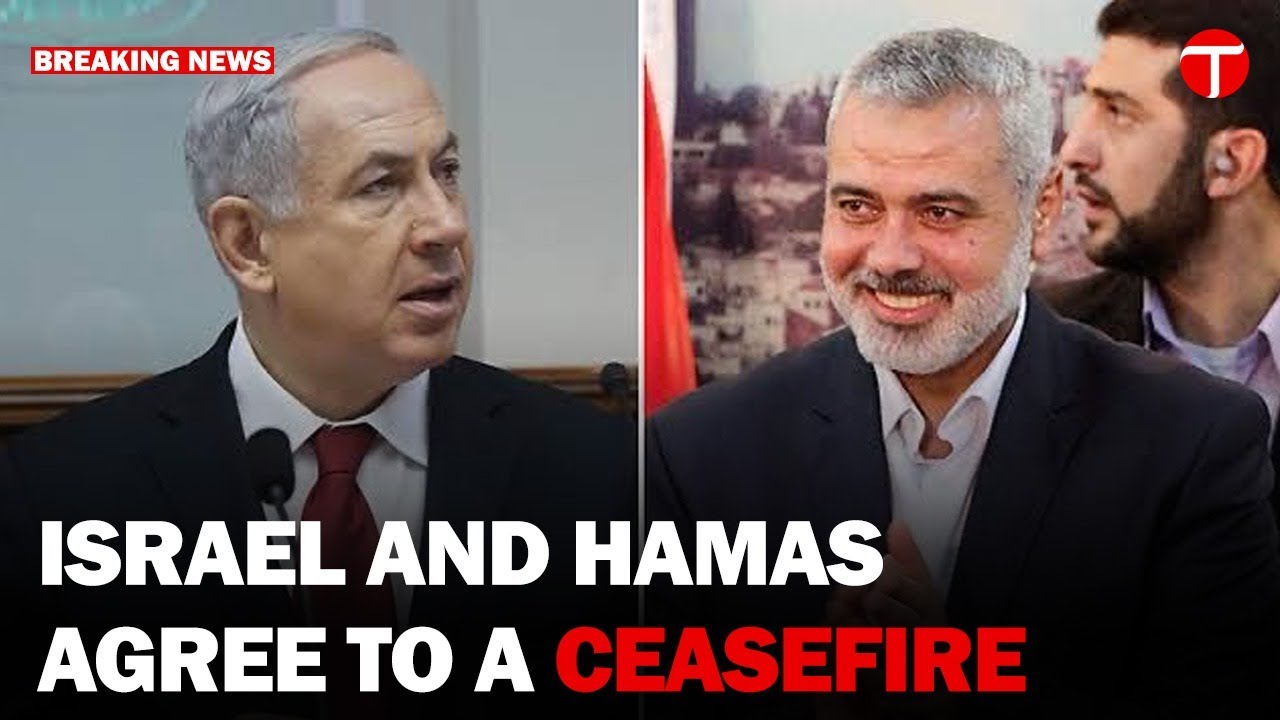
The current conflict between Hamas and Israel, regardless of the eventual ceasefire terms, casts a long shadow over the future of the region. Achieving lasting peace requires addressing deep-seated grievances and fostering genuine reconciliation, a process far more complex than simply halting immediate hostilities. The path forward is fraught with challenges, and the potential for renewed conflict remains a significant concern.The potential for long-term stability hinges on several crucial factors.
A successful ceasefire is only the first step; it must be followed by meaningful negotiations that address the root causes of the conflict, including the blockade of Gaza, the status of Jerusalem, and the broader Palestinian-Israeli conflict. Failure to address these issues will likely lead to a recurrence of violence.
Factors Contributing to or Hindering Lasting Peace
Several factors could significantly impact the prospects for lasting peace. Successful negotiations leading to a comprehensive agreement addressing the core issues of the conflict are paramount. International pressure and sustained engagement from key players will be essential in ensuring adherence to any agreement. Furthermore, the internal dynamics within both Israeli and Palestinian society will play a significant role.
The level of public support for a peace agreement, on both sides, will be crucial for its long-term viability. Economic development and improved living conditions in Gaza, coupled with reconciliation efforts between Hamas and the Palestinian Authority, are also essential components of a durable peace. Conversely, a lack of progress on these fronts, continued violence, and a lack of trust between the parties could easily derail any peace efforts.
Potential for Renewed Conflict
The risk of renewed conflict remains high, even with a ceasefire in place. Hamas’s continued existence as a powerful military actor in Gaza, and its stated commitment to the destruction of Israel, presents a constant threat. Similarly, Israeli policies towards the Palestinians, particularly in the West Bank, continue to fuel resentment and anger. The potential for miscalculation or escalation, triggered by incidents of violence or perceived violations of a ceasefire agreement, remains a significant concern.
History shows that periods of relative calm often precede renewed outbreaks of violence, particularly if underlying grievances remain unaddressed.
Potential Scenarios for the Region in the Next 5 Years
Several scenarios could unfold in the next five years, depending on the terms of any ceasefire agreement and the subsequent actions of all involved parties. A best-case scenario would involve a comprehensive peace agreement, addressing all core issues, leading to a period of sustained stability and economic development. This would require significant concessions from both sides and strong international support.
A more likely scenario, however, involves a fragile ceasefire, punctuated by periods of tension and smaller-scale conflicts. This scenario would see continued humanitarian challenges in Gaza and limited progress on the political front. A worst-case scenario could involve a full-scale war, triggered by a major escalation or failure of the ceasefire, potentially resulting in a humanitarian catastrophe and further regional instability.
This scenario might be exacerbated by the involvement of regional actors, leading to a wider conflict. The reality is likely to fall somewhere between these extremes, influenced by the interplay of various factors.
The chasm between Hamas and Israel over a ceasefire agreement remains a significant obstacle to peace. While international efforts continue, the immediate future looks uncertain. The humanitarian crisis in Gaza demands urgent attention, and a lasting solution requires addressing the underlying political issues and security concerns of both sides. Ultimately, a successful ceasefire will depend on a willingness to compromise and a commitment to finding common ground – a feat that currently seems far from reach.


